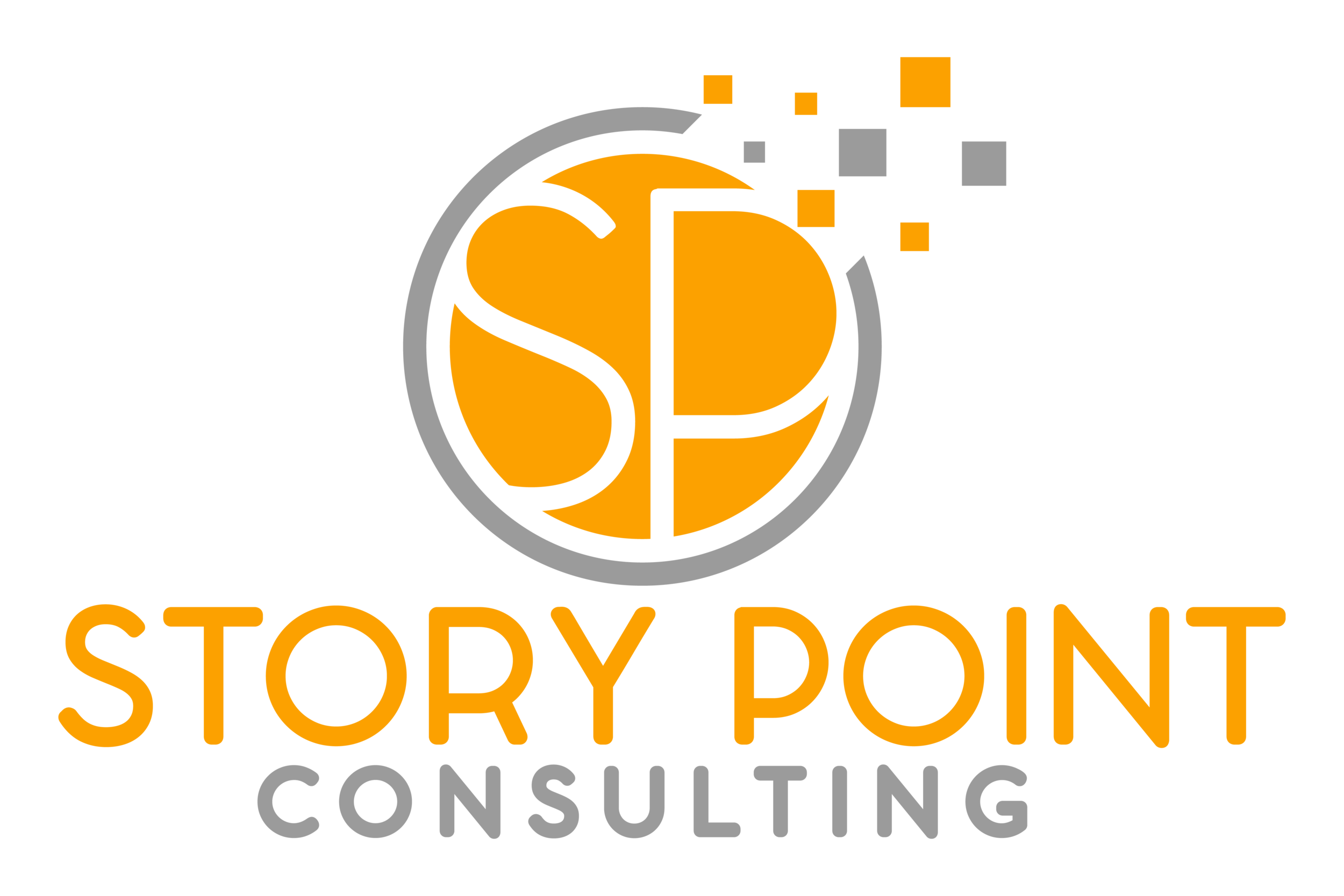Creative Ways to Maximize Your Nonprofit's Resources
In Canada’s nonprofit sector, most organizations, particularly small ones, are continually seeking opportunities for grants and other funding to support their work. In addition, many organizations are operating with either a very small staff, or no staff at all. When we talk about a nonprofit’s resources, we are referring to any assets that support the program or service delivery of an organization. Some examples of these assets are:
Stable finances
Staff and/or volunteers
Equipment and/or facilities
Technology
Expertise
Time
No organization can sustainably exist without adequate resources. By understanding how to effectively manage their resources, nonprofits can manage their risk, better retain staff and volunteers, and focus on the work of their missions. Here are a few strategies that nonprofits can employ to maximize their resources.
Create and maintain partnerships. Collaboration is one of the effective ways nonprofits can maximize resources. By working together with groups that have similar goals or work with similar communities, nonprofits can gain access to or share resources such as facilities, staffing, or expertise. Partnerships can be created with other nonprofits, corporations, or even government or other funders. For example, an after school youth organization may partner with a local church to use their facilities to run evening programs when the church is not operating its own programs.
Use pro bono services. Professional services can be expensive and often out of the reach of nonprofits with small budgets. However, many professionals donate their time, skills and expertise as volunteers or pro bono with a short term agreement. Organizations like the United Way will partner with corporations who will “loan” their senior leaders to assist with a fundraising campaign. Small nonprofits can employ this same strategy by seeking services from marketing professionals, accountants, or even lawyers. Other organizations like TechSoup can provide low cost software for nonprofits who qualify.
Leverage technology for increased efficiency. Technology provides nearly endless opportunities to streamline or automate many of tasks nonprofits must complete. They can often support staff and volunteers significantly by reducing their workload. For instance, using donor software to help manage donor relationships, or using generative AI for writing fundraising proposals, can lead to significant efficiency improvements.
Generating income through programs and services. In today’s world, it is not unusual to hear about people “monetizing” their skills. For small nonprofits, this practice can involve figuring out how to generate money from your current activities. For example, does your nonprofit have a newsletter? Then perhaps you can sell advertising space to local businesses. Or perhaps your nonprofit team has expertise in a particular area related to your cause that would allow you to offer training to individuals or businesses. By generating income from the work you are already doing, nonprofits can diversify their fundraising income, and improve their ability to be more sustainable in the future.
Engage board members in fundraising. Volunteers are an incredibly valuable resource that donate their time and expertise to your organization. Particularly board members who agree to serve your organization for an extended period of time. By ensuring board members are educated about your work through your case for support or updating them with stories and testimonials about the work you do, you can unlock your board’s fundraising potential. An engaged board can advocate on behalf of your organization and help bolster the fundraising efforts. For example, if one of your board members attends a luncheon, they can speak with other attendees with confidence and pride about the work of your cause. Simple acts such as this effectively extend the reach and impact of your nonprofit without any financial investment.
Budget for capacity building activities. Capacity building refers to any activity that strengthens your organization’s performance. Examples include staff training, strategic planning, or investing in technology. While these activities are important, many organizations do not understand the importance of investing in capacity building which includes setting aside a budget for professional development. These activities often improve the effectiveness of staff and volunteers, increase morale, better arm your organization for resilience, and improve the long term sustainability of your nonprofit.
The nonprofit sector is truly an ever changing environment that has its challenges. However, by adopting these creative strategies, nonprofits can not only maximize their resources but also enhance organizational efficiency and impact. These simple strategies will support your nonprofit’s work long term, and help support your team so they can better achieve your mission.




